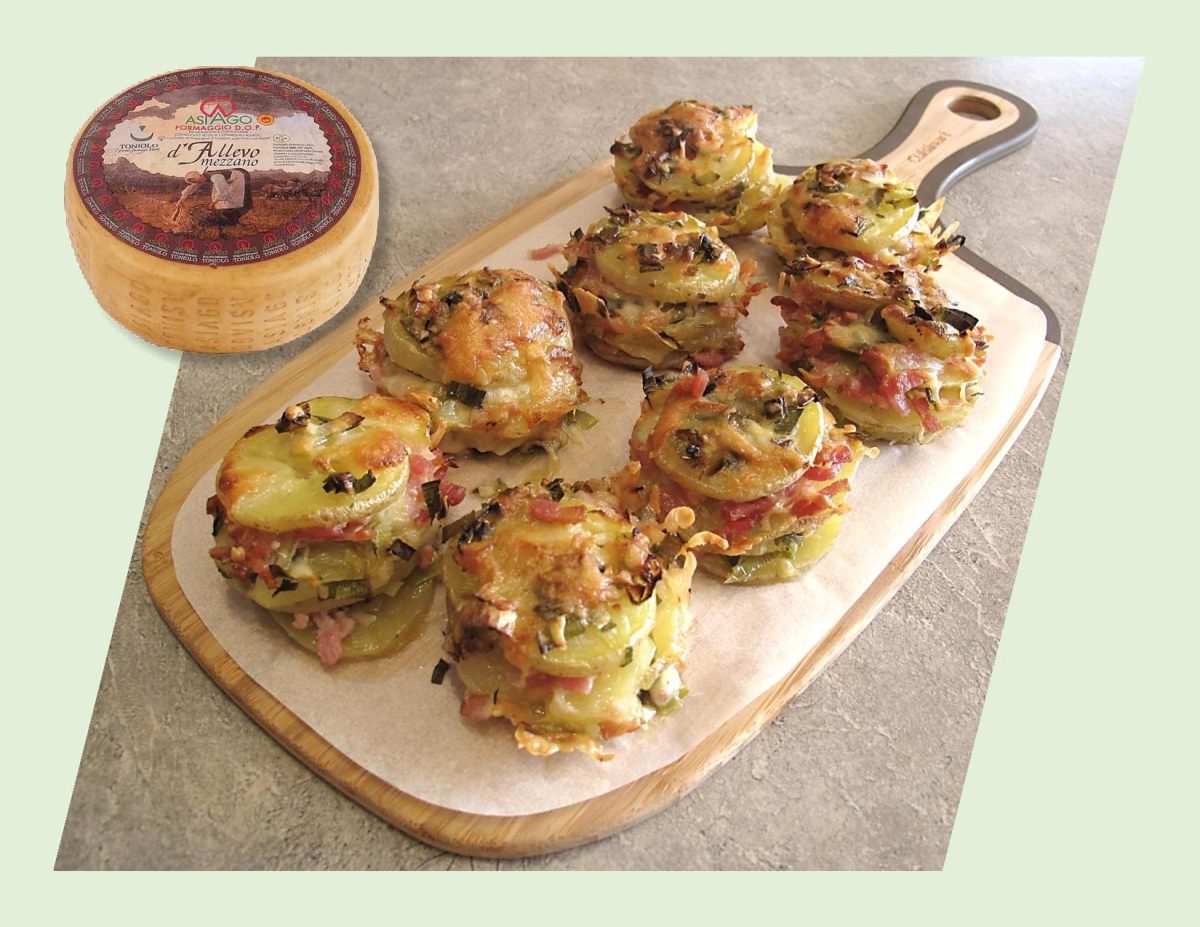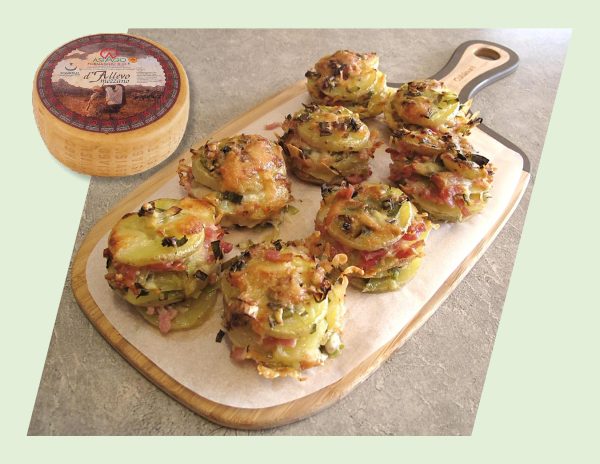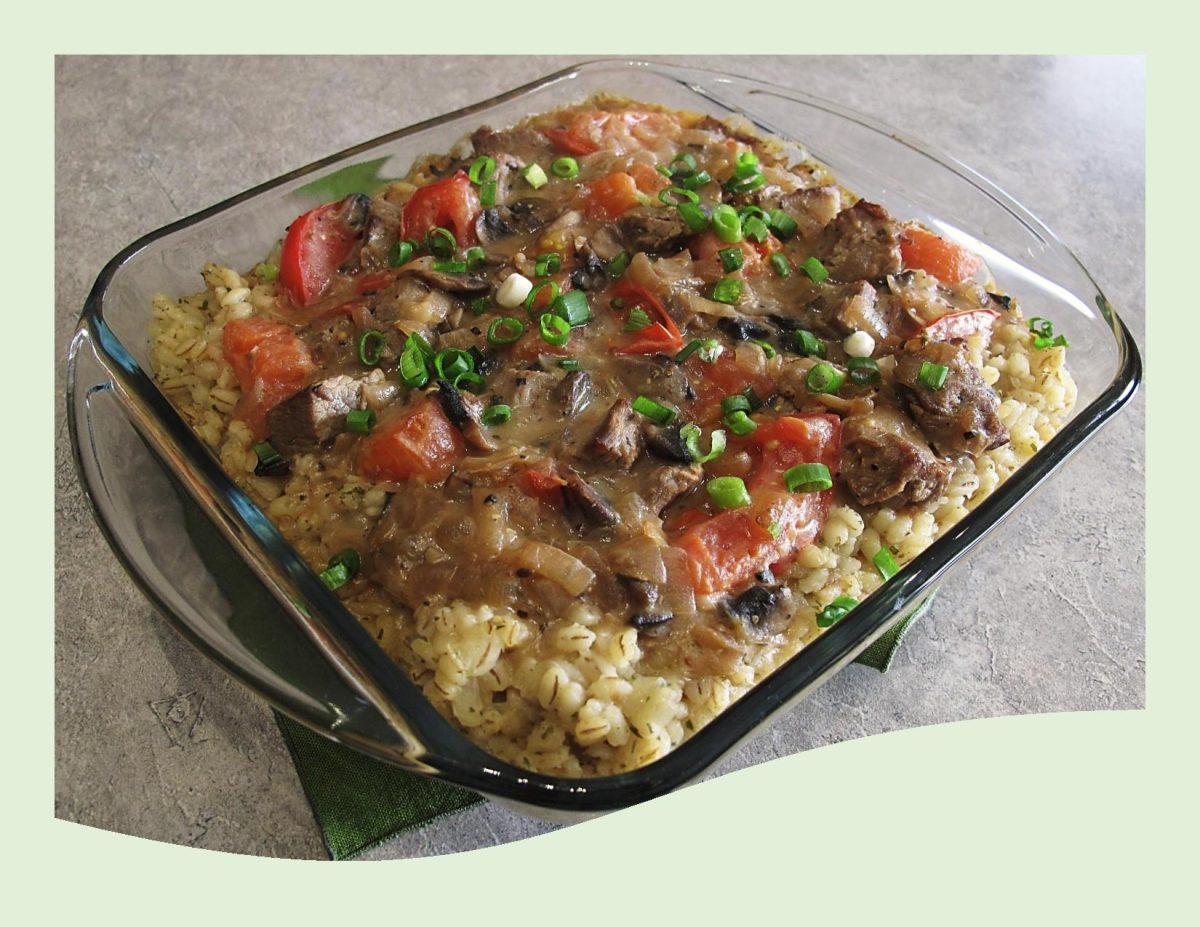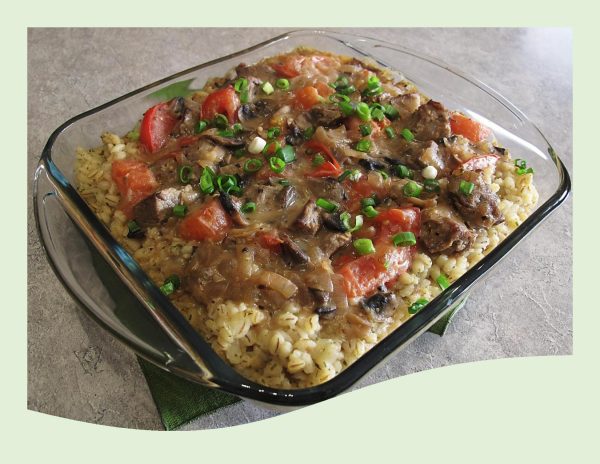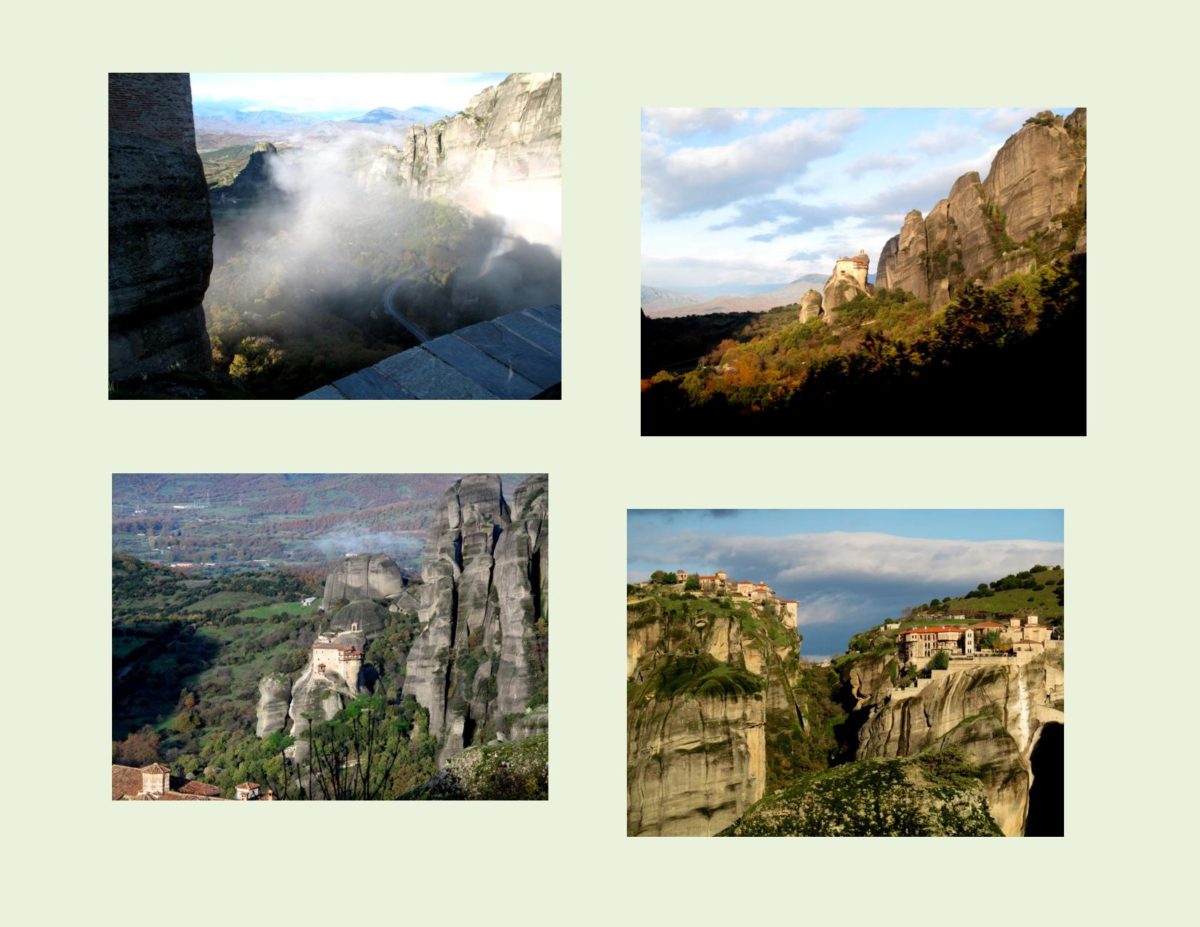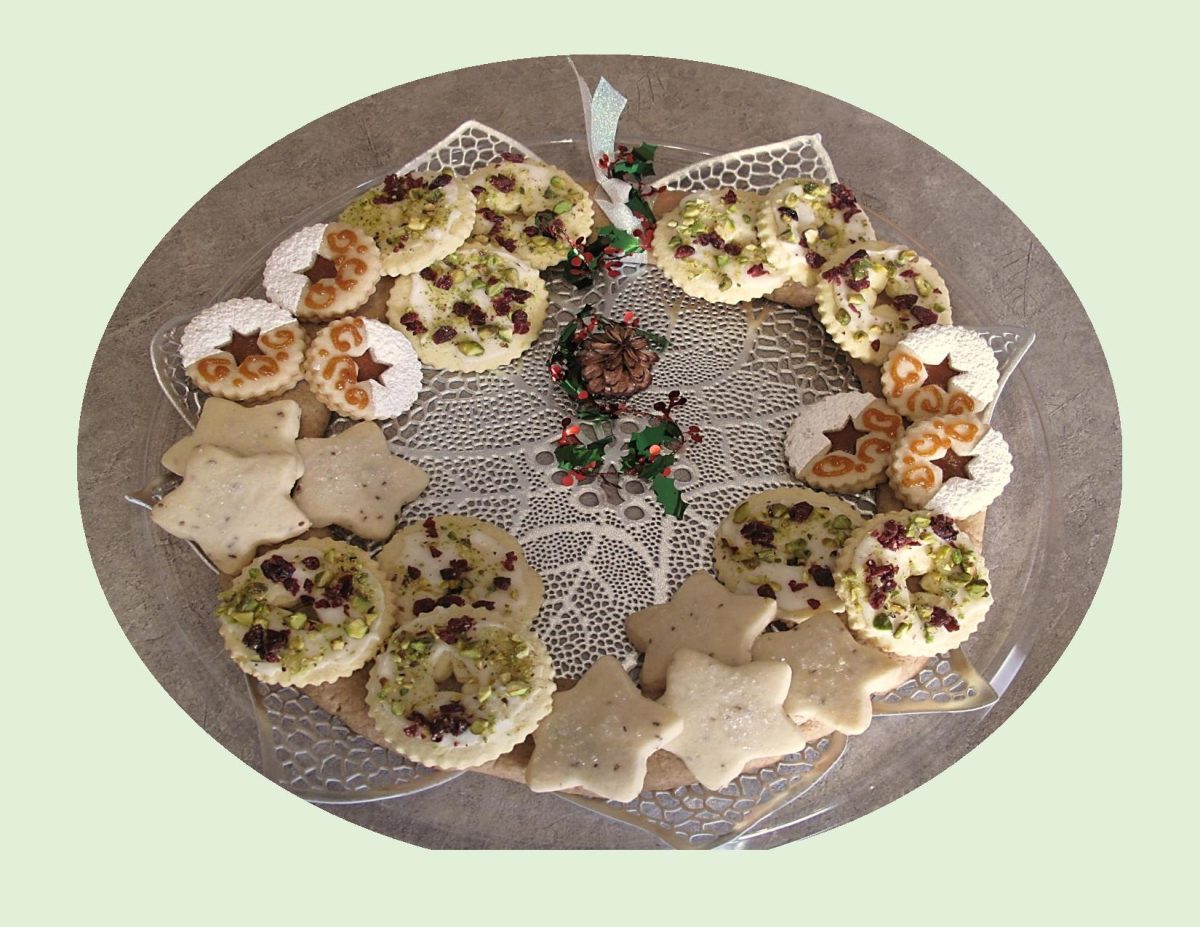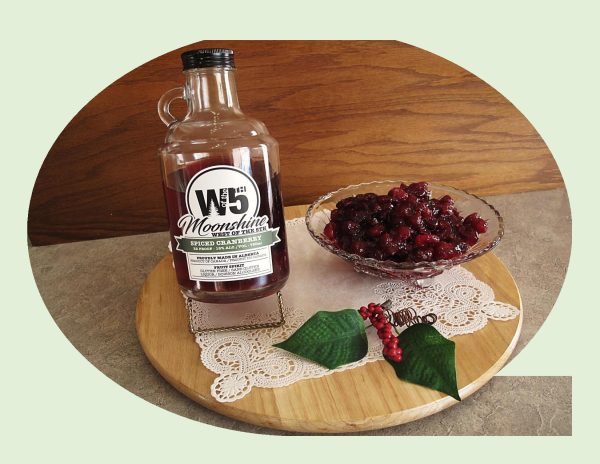ENJOYING SHROVE TUESDAY!
Whether you call it Shrove Tuesday, Mardi Gras, or Pancake Day, Tuesday is the day of feasting and celebration before 40 days of fasting known as Lent. Celebrated by Anglo-Saxon Christians, participants would attend confession in order to be ‘shriven’ (forgiven for their sins). A bell rang to call everyone to church. This bell came to be known as the Pancake Bell and is still rung today.
Shrove Tuesday was the last day to use up eggs, sugar and fats before the fast, and making pancakes was the perfect way to do it! The ingredients of pancakes also symbolize four pillars of the Christian Faith. Flour for sustenance, eggs for creation, salt for wholesomeness, and milk for purity.
While other countries celebrate Shrove Tuesday, or Mardi Gras, with extravagant and exotic parades, in England, people race around towns and villages wielding frying pans that hold pancakes. The tradition was created in 1445 when a woman of Olney, Buckinghamshire was making pancakes when she heard the bell summoning her to church. In a rush to get to church, she ran, still in her apron and holding her frying pan. The Olney Pancake Race is now the most popular pancake race in the world. Participants must be local housewives and they must wear an apron. The goal of the race is to run while carrying a frying pan with a cooked pancake inside flipping it as you run. In order to win, the woman must successfully toss the pancake three times throughout the race, reach the church and serve the pancake to the bell ringer. Hundreds of people gather every year to participate in this fun tradition!
Mardi Gras, which translates to Fat Tuesday in French, is largely celebrated in the city of New Orleans, Louisiana. Parades, parties, and feasts dazzled in colors of green, gold, and purple fill the city for two weeks leading up to Fat Tuesday.
Personally, I have always liked pancakes, so in keeping with the Shrove Tuesday tradition Brion & I will be enjoying some today. Although I can’t quite picture myself running in a pancake race, I’m making some sour cream rice pancakes … if you like rice pudding as well as pancakes, these are for you!

| Servings |
|
- 2 eggs
- 3 Tbsp sugar
- 1 1/2 cups milk
- 3/4 cup sour cream
- 3 Tbsp butter, melted
- 1 1/2 cups (225 gm) cooked rice
- 1 1/2 tsp vanilla
- 2 1/4 cups flour
- 1 Tbsp baking powder
- 1 1/2 tsp baking soda
- 1/2 tsp salt
- 1 1/2 Tbsp cornstarch
- 1/4 cup sugar
- 1/4 tsp salt
- 3/4 cup water
- 1 cup fresh OR frozen blueberries
- 2 tsp butter,
- 1 tsp lemon juice
- 1 tsp lemon zest, (optional)
Ingredients
Pancakes
Blueberry Sauce
|

|
- In a large bowl, whisk together eggs, sugar, milk, sour cream, butter & vanilla.
- In a separate bowl, combine flour, cooked rice, baking powder, baking soda & salt.
- Add the flour mixture to the liquid mixture & whisk together. Let batter sit for 15 minutes.
- Heat a nonstick griddle to medium-low heat. Spray with oil. Using a 1/4 cup measure, portion out batter on griddle. Cook for about 2 minutes per side.
- Serve immediately garnished with blueberry sauce or your choice of topping.
- In a small saucepan, combine cornstarch, sugar & salt. Add water & blueberries & cook until 'clear' & bubbling. Remove from heat & stir in butter & lemon juice. Serve warm over pancakes.


